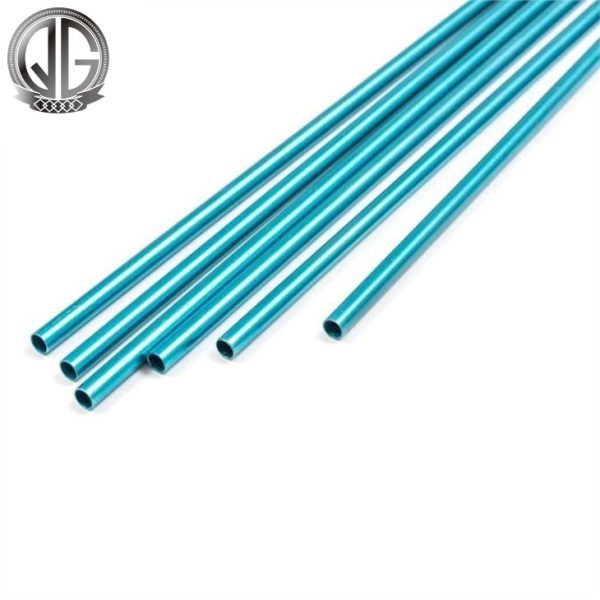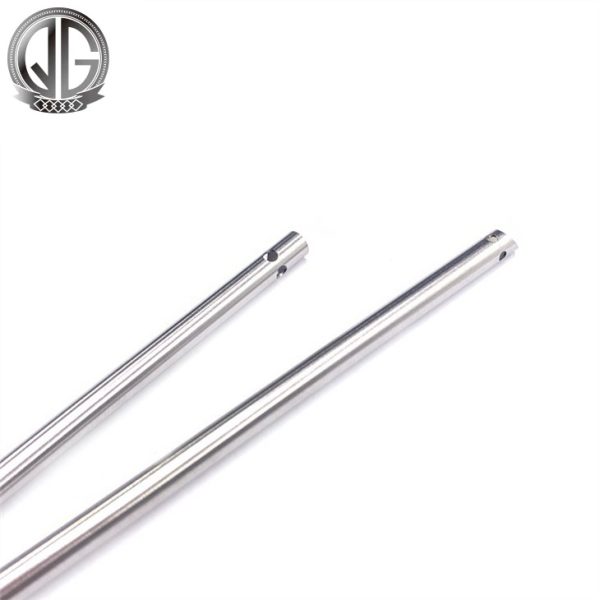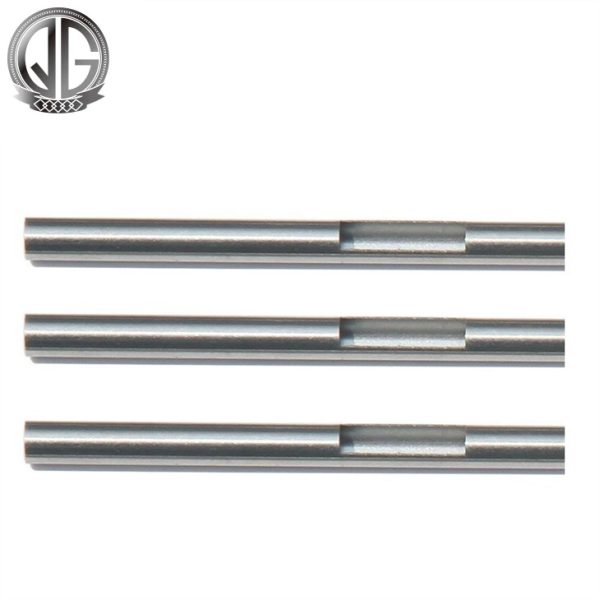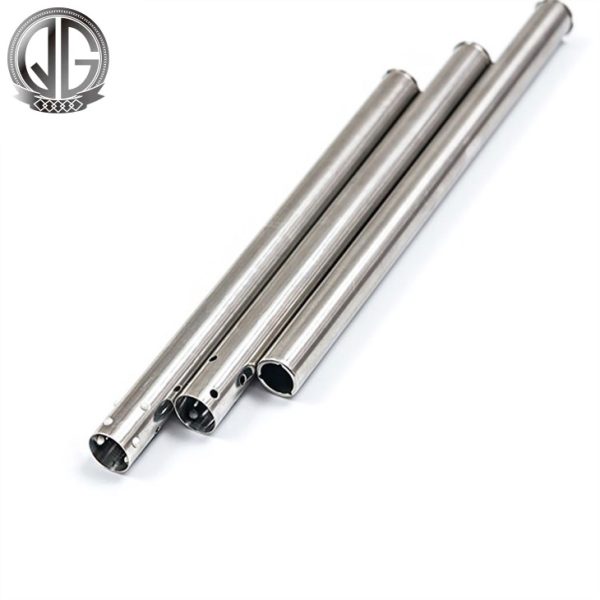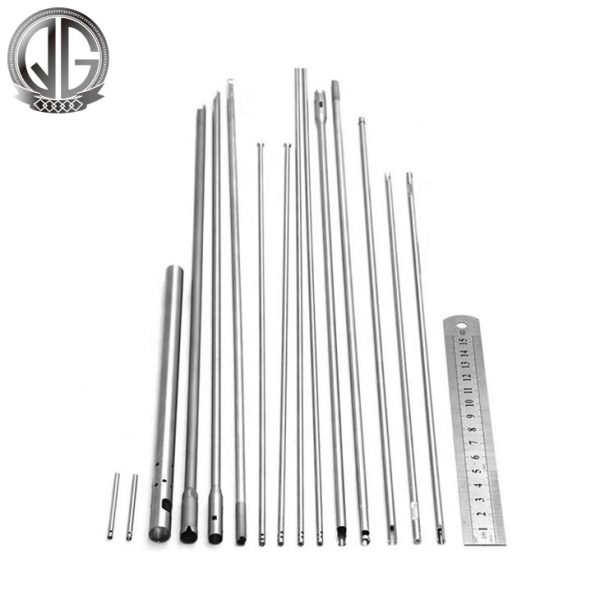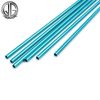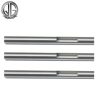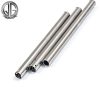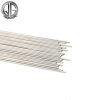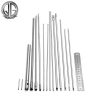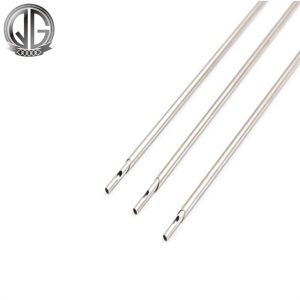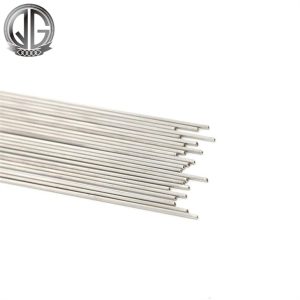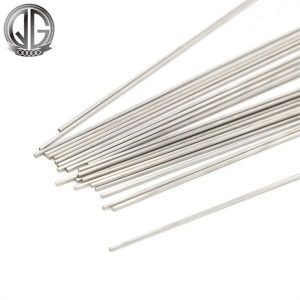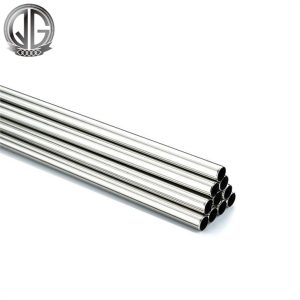Phone: (+86) 13420084030 Email: info@qg-metal.com
Small Diameter Stainless Steel Capillary Tube
Capillaries are commonly used in small freon refrigeration units up to 20kW. The capillary tube is made of copper tube, the length is 1~6m, the inner diameter is 0.5~2mm. Through a variety of combination of length and pipe diameter …
| Customization: | Available |
|---|---|
| Certification: | SGS, ISO9001 |
| Service: | OEM & ODM |
- Premium Quality
- Secure Payments
- Satisfaction Guarantee
- Worldwide Shipping
- Money Back Guarantee
Description
Product Specification
| Product name | small diameter stainless steel capillary tube |
| material | Stainless steel 304, Stainless steel 316, etc. |
| Surface Treatment | Anodizing, Sandblasting, Painting, Powder coating, Plating, Silk Printing, Brushing, Polishing, Laser Engraving |
| Machining Option | Turning, grinding, milling, welding, bending, drilling, swaging, flaring, slot-cutting, stamping, deep-drawing, capping, beveling, etc. |
| Tube Shape | Custom round, oval, square, rectangular |
| Custom feature | According to your 2D/3D Drawing or sample provided |
| Package | Standard carton or according to customer’s requirement |
| Certification | ISO9001:2015, SGS |
Product Show
Capillaries are commonly used in small freon refrigeration units up to 20kW. The capillary tube is made of copper tube, the length is 1~6m, the inner diameter is 0.5~2mm. Through a variety of combination of length and pipe diameter, it can meet the requirements of different working conditions and different refrigerating capacity of refrigerant device.
However, after the capillary is selected and installed, it cannot change with the load. In order to make the refrigeration unit run efficiently most of the time, it is extremely important to select a representative design condition.
Due to the complex microstructure of the undried water-based pigment filter cake, infiltration can occur when the pigment particles are surrounded by the oil phase at a contact Angle less than 90°. At this point, the capillary aperture inside the particle is related to the capillary pressure difference, the thinner the capillary.
The more wetting the solvent is. However, due to uneven capillary and poor regularity, the penetration rates of particles in different areas of the oil phase are different, so that water has been surrounded by oil before being completely replaced by oil, resulting in a small amount of water can not be completely replaced, but remain inside the particles.
However, the general trend of capillary action is to help the pigment molecules to the oil phase transfer, as long as the pigment particles have a certain lipophilic, in the action of stirring, the oil meeting spontaneously on the surface of the gathered particles wet, and make it gradually disintegrate in the oil phase, and eventually make the oil into the pigment particles inside, and the water out. The small amount of water remaining inside the particles can also be separated by heating under vacuum.


